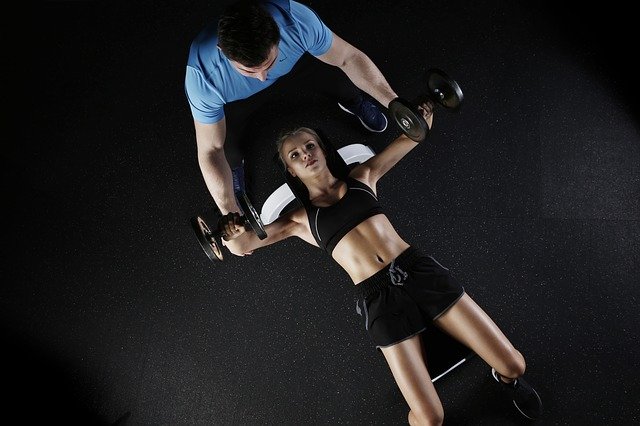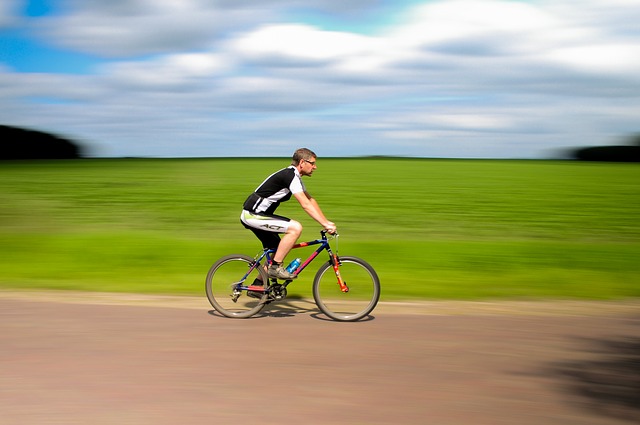Microcycles are one of the most central concepts in sports training. Anyone who exercises regularly probably does microcycles without thinking about it. However, few people stop and think about what it entails. What exactly is a microcycle, why is it important to plan for it, and what are the different types of microcycles? This is explained in the following lines.
Types of Microcycles
Microcycles are usually weekly exercise plans. Thus, there are 52 different types of microcycles per year. The basic types are:
– Initiation – low load – adaptation of the organism to future loads
– Development – high load – general development
– Stabilization – maintenance of level – specific medium load
– Checking – short performance check, before peak of season, low load [15 Targeting – short, “form adjustments”, low loads
– Racing – medium loads, races, competitions…
– Recovery – longer, minimal load, recovery
If you are serious about your training, you should be able to space out your workouts. If you are not aiming to compete, you can start without delay from the opening phase. If you are playing a sport, you need to adjust to the course of the season. Take soccer as an example.
Fold the microcycle into the concept of the soccer season
The opening phase usually begins in early July, about one to two months before the first game of the season. A week of low-intensity training follows to prepare the body for the previous season\’s recovery. This is followed by two or three micro-cycles of high-intensity training (physio, ball work, and match preparation). Typically, at least one microcycle will include two phases of training (running in the morning and ball work in the afternoon). During the fall season (approximately 12-16 microcycles), the focus is less on fitness and more on developing specific skills and tactics. Typically, ball work is highly taxing. After the last round of competition, a recovery of 1-2 microcycles with minimal loading is performed. This entire process is also done during the spring season of the season. [By adhering to the principle of continuity in each phase, the form can be perfectly adjusted. At the same time, varied training helps to break down stereotypes, and if one can find multiple ways to do the individual training units that make up a given cycle, one will be rewarded with considerable progress.




